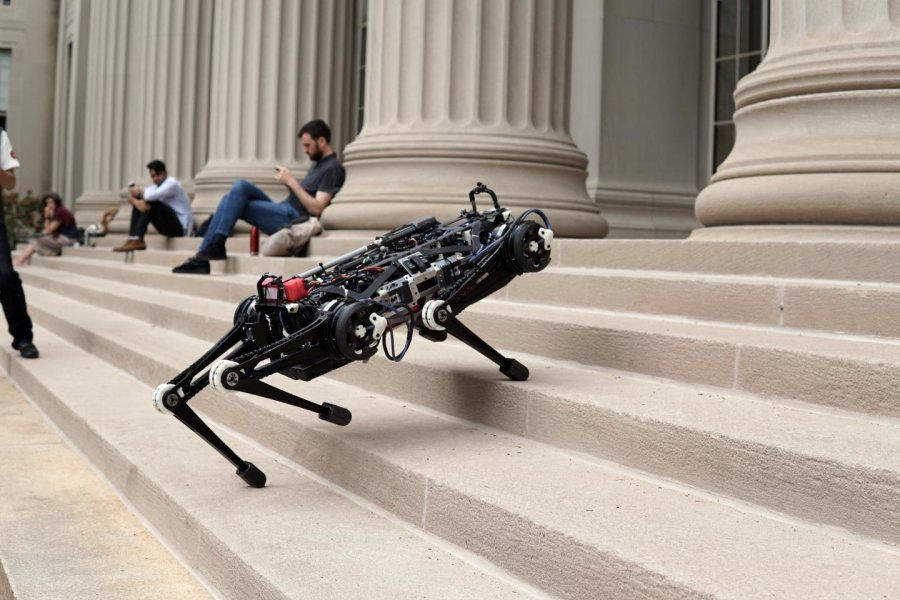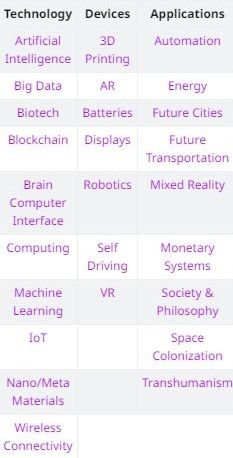Dont really care about the competition, but this horse race means AI hitting the 100 IQ level at or before 2029 should probably happen.
The race to become the global leader in artificial intelligence (AI) has officially begun. In the past fifteen months, Canada, Japan, Singapore, China, the UAE, Finland, Denmark, France, the UK, the EU Commission, South Korea, and India have all released strategies to promote the use and development of AI. No two strategies are alike, with each focusing on different aspects of AI policy: scientific research, talent development, skills and education, public and private sector adoption, ethics and inclusion, standards and regulations, and data and digital infrastructure.
This article summarizes the key policies and goals of each national strategy. It also highlights relevant policies and initiatives that the countries have announced since the release of their initial strategies.
I plan to continuously update this article as new strategies and initiatives are announced. If a country or policy is missing (or if something in the summary is incorrect), please leave a comment and I will update the article as soon as possible.





